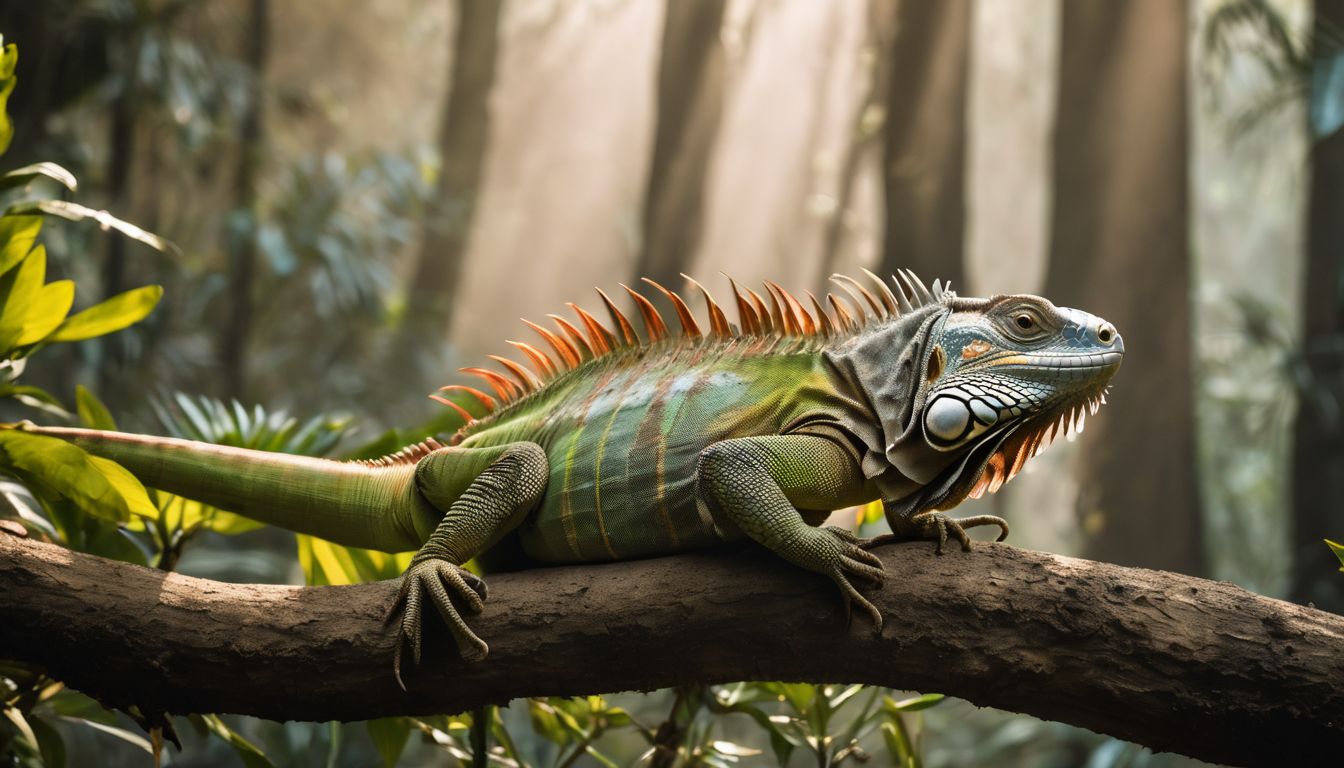Are you wondering if lizards can eat caterpillars? Well, the answer is yes – some species of lizards will feed on them! In fact, monarch caterpillars have a high protein and calcium content that make them a favored food source for anoles, snakes and frogs.
But it’s important to understand that there are factors which may affect how often these animals consume this type of prey. This blog post takes a closer look at do lizards eat caterpillars, potential benefits or risks as well as any necessary precautions when feeding your lizard native butterflies and moths.
Get ready to learn more about the fascinating habits of our scaly friends—so read on!
Key Takeaways
- Some species of lizards such as anoles, leopard geckos and garden lizards have been known to feed on certain caterpillars.
- Monarch caterpillars have defensive toxins which make them poisonous for most predators, but they are still consumed by some lizard species due to their high protein content in the winter months.
- Factors that affect a lizard’s feeding habits include its habitat and environment as well as the availability of alternative prey sources such as Spotted Wing Drosophila and Ailanthus Webworms.
- The presence of lizards around areas where there’s a common population of caterpillars can disrupt the balance between insect populations if not managed properly, resulting in overpopulation or extinction in extreme cases
Do Lizards Feed on Caterpillars?
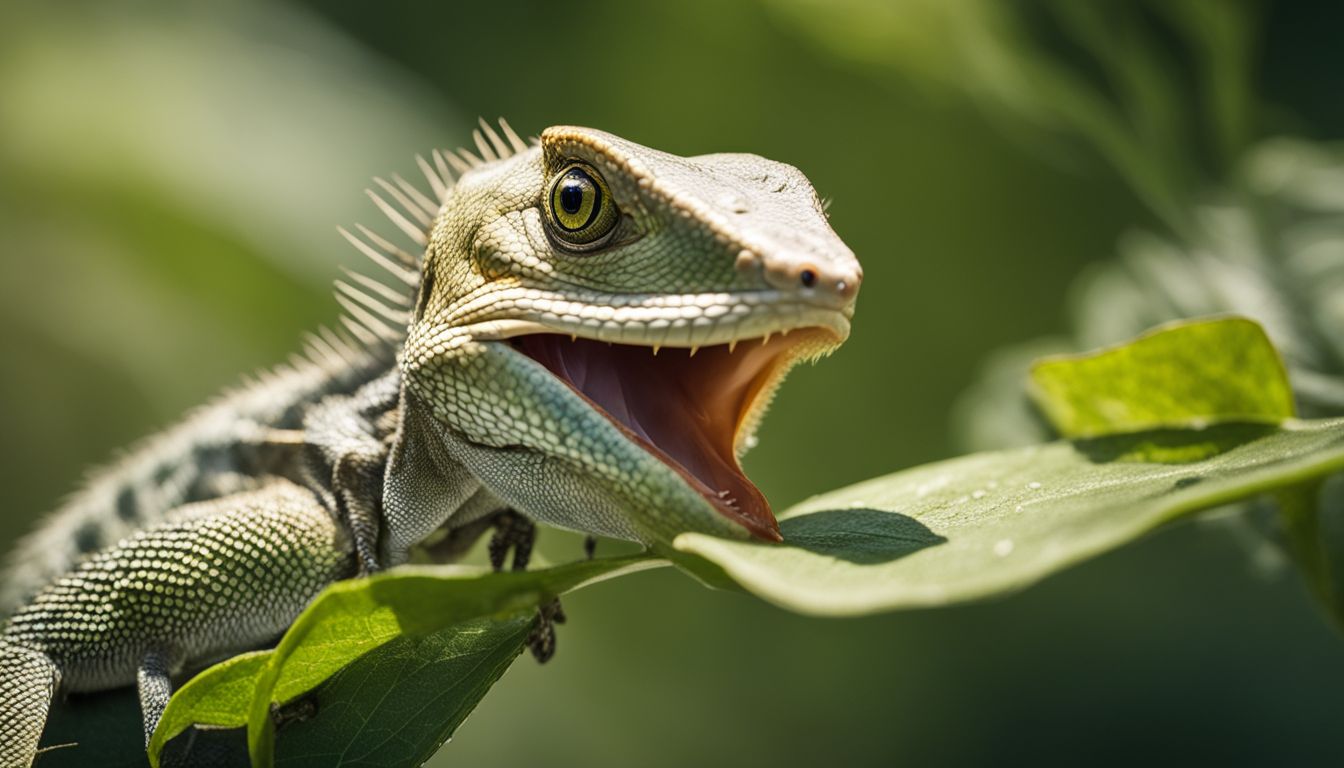
Lizards have been known to include certain caterpillar species as part of their diet.
The species of lizards that eat caterpillars
- Anoles are common lizards that feed on caterpillars as part of their normal diet. They feed on both terrestrial and aerial caterpillars, especially in environments where other arthropods, such as spiders and ants, are scarce or not available.
- Leopard geckos are insectivorous lizards that prey on various insects including caterpillars, though mostly for captive specimens. In the wild, they will hunt for insects, small mammals, reptiles, and other wildlife when possible.
- Monarch caterpillars are a type of butterfly larvae that possess defensive toxins which will make them poisonous to lizards and other predators if they consume them.
- Garden lizards typically feed on small insects living in the soil or on plants such as caterpillars along with spiders, beetles and flies. They help keep pest insect populations under control and maintain the balance of their environment by controlling the overpopulation of pest species which could cause economic or environmental damage otherwise.
The types of caterpillars that lizards eat

Lizards are natural insectivores, meaning they feed on a wide range of small insects. Among these insects, caterpillars make up an important part of their diet. Some lizards that often consume caterpillars include anoles, skinks, geckos and in some cases frogs and toads. Brightly colored or large-sized caterpillars are usually avoided since they may be poisonous or tough to eat for some species.
- Monarch Caterpillar: Monarchs have high protein and calcium content making them attractive prey for lizards as a source of nutrients during the winter months when food sources are scarce.
- Beetles: Many species such as ground beetles contain chitin which acts as a good source of fiber for reptiles like lizards. They also provide additional proteins compared to other small invertebrates like spiders and snails, therefore, improving the overall health condition of various lizard species in the wild.
- Spotted Wing Drosophila: These tiny flies can be found in abundance during summer months providing excellent nutrition to many lizard species who actively hunt throughout this period especially at dusk times near lakeshore habitats or forested areas.
- Ailanthus Webworms: This type of worm feeds on foliage from trees which makes it easily located by predators including lizards due to its bright colors and lack of quick escape tactics used by other non-vertebrate animals such as arthropods., eels etc.
The potential impact of lizards on caterpillar populations
Lizards are known to eat caterpillars. Common lizard species that have been found to consume caterpillars include anoles and leopard geckos. When they do, the types of caterpillar normally eaten by lizards usually consist of monarch caterpillars, cabbage white caterpillars, or black swallowtail caterpillars.
Monarch caterpillars have a special defense which makes them poisonous for some predators, like lizards – this is because they can consume toxic plants without getting affected themselves.
The toxicity levels in certain species of larvae will depend on their diet and often their bright colors serve as a warning signal to predators like lizards.
The presence of lizards around areas where there’s a common population of insects poses an obvious threat to the well-being and balance thereof due to its predatory behavior – so if given access, it’s likely that populations of certain kinds of butterfly larvae may become severely diminished or disappear entirely if exposed too long with hungry reptiles roaming about unchecked.
Factors Affecting Lizard Feeding Habits
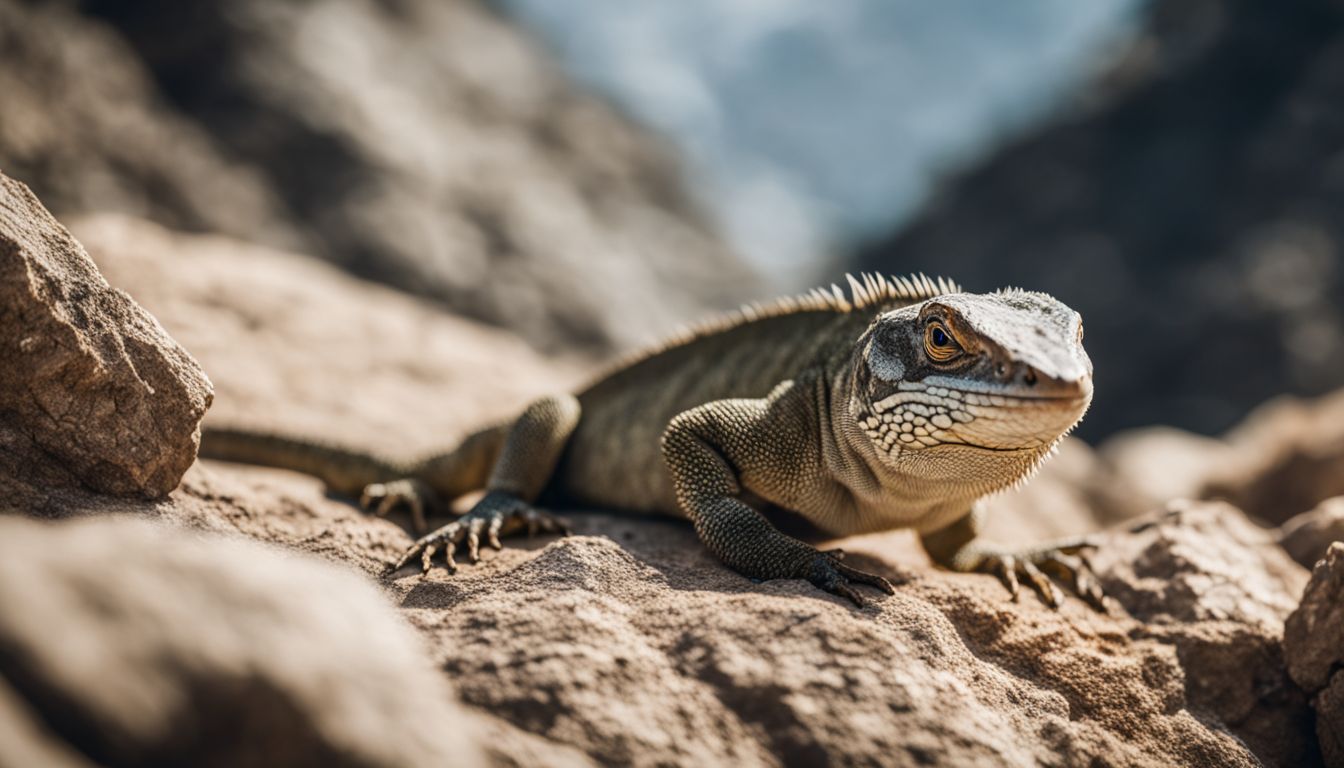
The environment and available prey sources play a significant role in lizard feeding habits, including the availability of caterpillars as potential food.
Habitat and environment
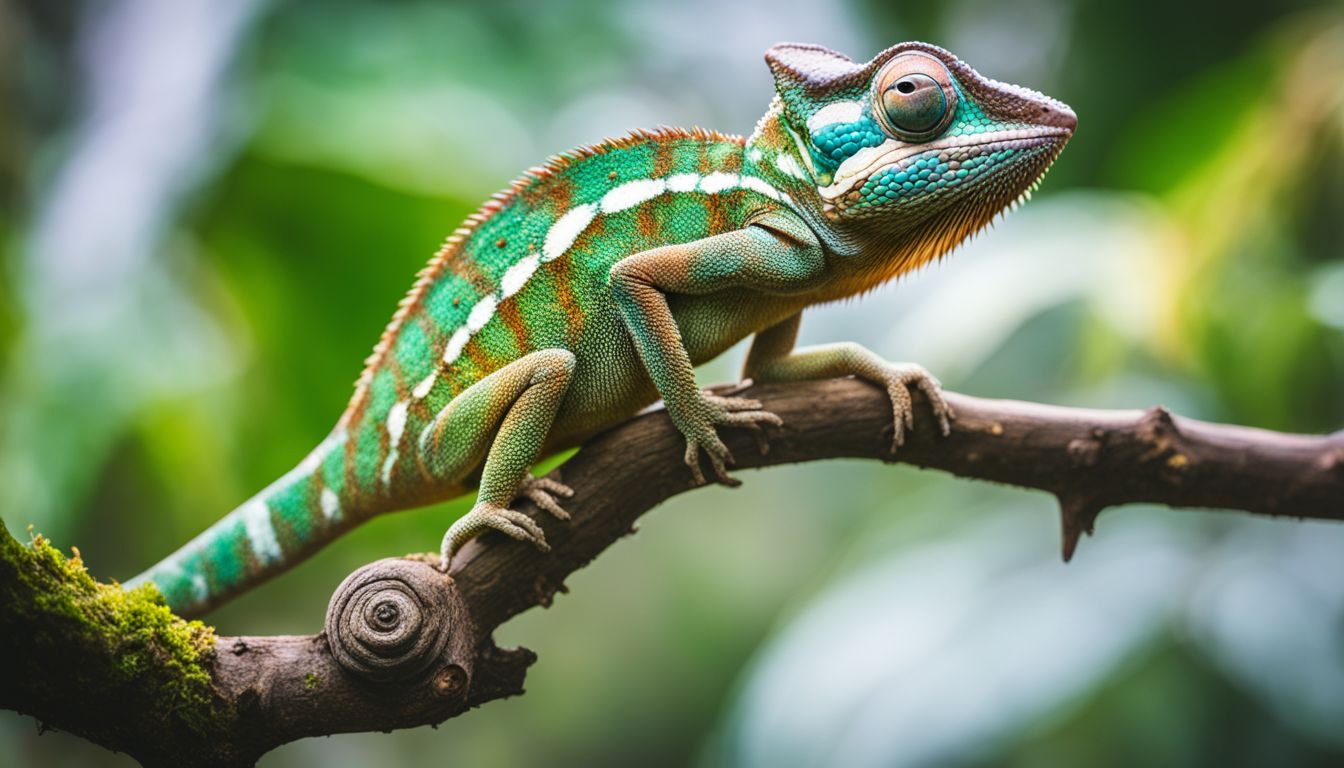
The habitat and environment lizards live in significantly impacts their ability to find, capture and consume caterpillars as food. Lizards can be found in wide range of habitats ranging from dry deserts to moist forests, along with diverse conditions in terms of temperature, humidity and vegetation type.
Desert living creatures tend to use a smaller variety of habitats compared to those who live in more temperate climates such as the United States or Europe; this includes desert-dwelling lizards who have adapted to eat insects like beetles, crickets, butterflies, ants, flies and worms instead of larger animals due mainly because there are fewer large animals available for consumption within these environments.
On the other hand, frillneck lizards that are located on island chains have been found eating birds which may trace back at least partially to how some species developed distinct strategies for surviving on small landforms where access to food has become limited over time due largely but not exclusively related by human presence.
These core areas near enough usually come combined with linkages that provide easier transition between two locations containing substantial amounts of foliage or fauna necessary for lizard sustenance; caterpillars often find themselves making up part or all–depending upon availability–of a given lizard’s diet since they present an attractive option nutritionally speaking alongside other available prey sources like mammals reptiles snails etc.
Availability of alternative prey
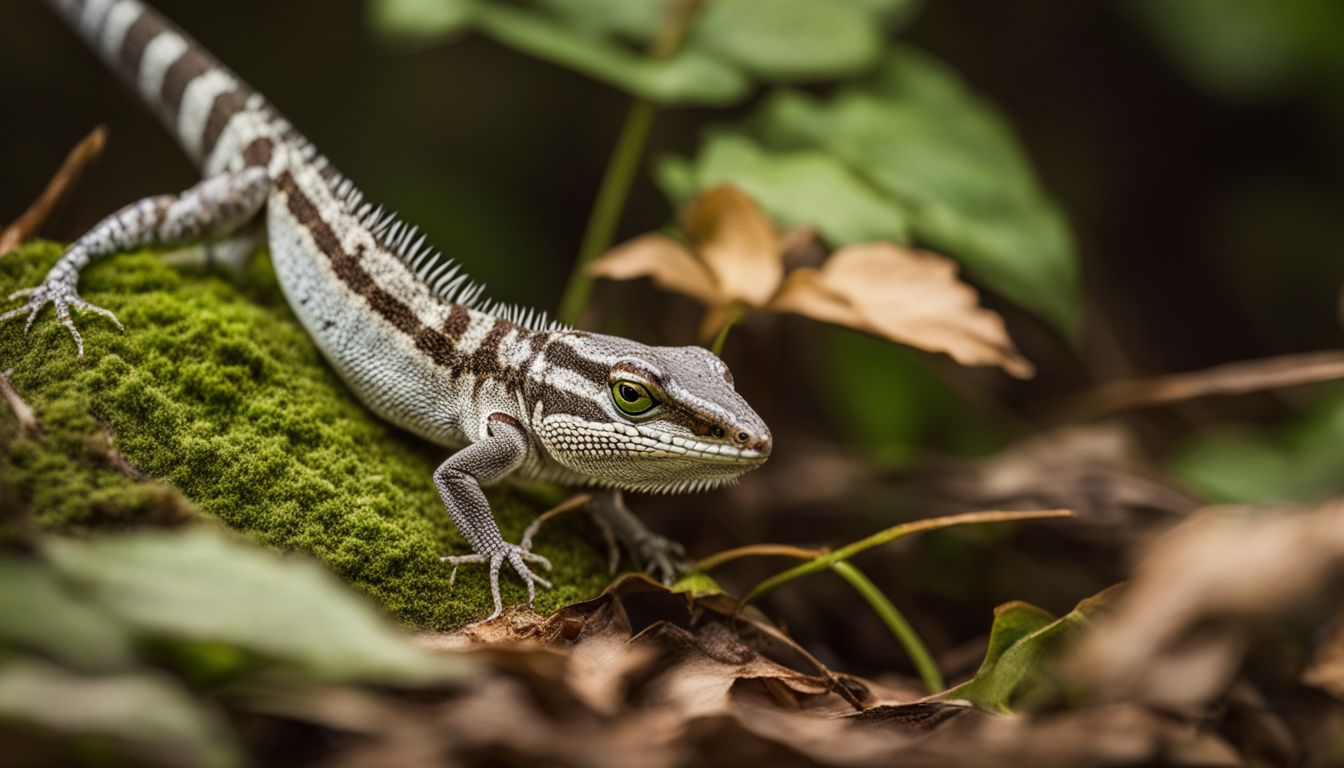
Lizards that regularly feed on caterpillars may also supplement their diet with other sources of food when necessary. These alternative prey items include grasshoppers, insects, and earthworms.
The availability of alternative prey can influence the lizards’ feeding habits such as whether they will focus exclusively on preying upon caterpillars or switch to a more diverse range of prey item.
Additionally, lizards tend to become less selective in their diets and are likely to eat from a broader variety of potential preys when subjected to threats from predators in its environment.
Size and mobility of caterpillars
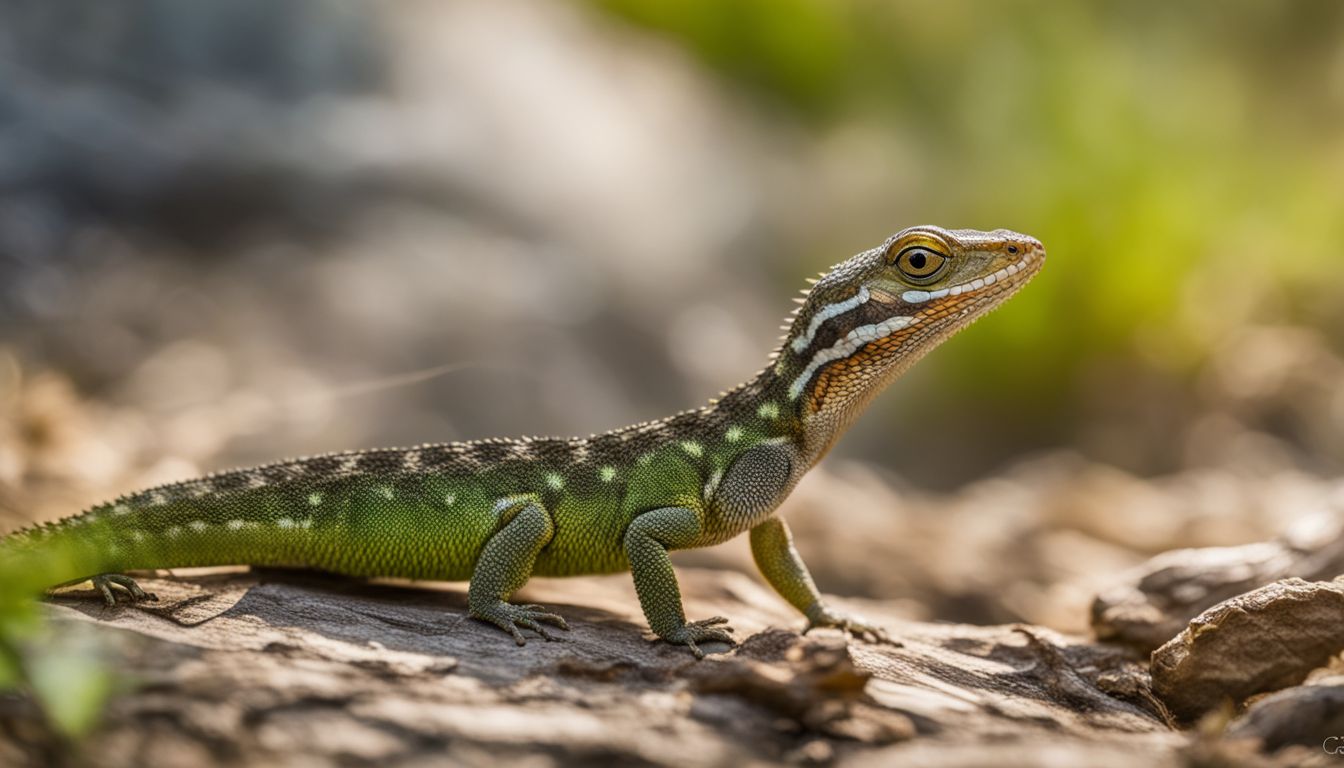
Caterpillars are an attractive food source for some species of lizards, and in these cases their size and mobility can play a key role in affecting the feeding habits of lizards. Generally speaking, smaller caterpillars are often easier to catch than larger ones as they take longer to escape the lizards’ clutches.
Similarly, more mobile caterpillars which may move quickly and jump away from predators also pose greater difficulties for lizards. Therefore, due to these practical considerations most species of lizard tend to prefer smaller and less agile prey items over large or highly active caterpillars.
Additionally, it’s important to note that many lizard species exhibit plasticity when it comes to their diet; depending on environmental factors such as habitat conditions or availability of alternatives sources of nutrition like small insects or fruit – as well as variations in the growth rate or behavior exhibited by different generations of caterpillar-they may adjust their feeding habits accordingly.
Benefits and Risks of Lizards Eating Caterpillars

Exploring the potential advantages and disadvantages of lizards preying on caterpillars can help to understand the role that these creatures play in ecosystems.
Benefits: natural pest control, maintaining ecosystem balance
Lizards are a natural form of pest control that can help maintain the balance of an ecosystem. By consuming caterpillars, lizards reduce the need for pesticide use and ultimately support a healthier environment.
For example, some species of lizards like geckos feed almost exclusively on vegetation-damaging insects such as grasshoppers, caterpillars and mites which helps to keep plant populations safe from harm.
This balancing act not only protects plants but also works to preserve food webs since predatory animals that rely on these insect populations will continue to have enough resources to survive.
Risks: potential impact on butterfly populations, disruption of food chains
Consuming caterpillars can have a vast and detrimental effect on butterfly populations due to the interconnectedness of their life-cycle. The larval stage, or caterpillar, is essential for butterflies’ growth; if this is disrupted by predation from lizards, it could disrupt the entire balance of an ecosystem as well as disrupt food chains depending on what level that particular species of lizard feeds at in its own environment.
For example, in certain parts of North America increasing CO2 levels are making milkweed too toxic for monarch caterpillars to tolerate, meaning their already dwindling numbers may be further impacted due low availability food sources caused by lizards consuming them instead.
Pesticide exposure from insecticide-treated crops has also resulted in lower abundance and diversity of butterflies such as monarchs along field margins where lizard predators often reside, thus having a direct impact on butterfly population size overall.
Conclusion
Overall, lizards can and do feed on caterpillars. While this can be a beneficial pest control mechanism for some species in particular environments, care should be taken to understand the specific dietary needs of different lizard types as well as potential risks associated with lizards eating too many caterpillars.
Allowing backyard lizards to feed on monarch or other butterfly populations without careful oversight could have detrimental consequences for these delicate eco-systems. Therefore it is essential that we research and understand both the benefits and drawbacks of encouraging our lizard roommates to graze upon caterpillars in order to minimize any negative impacts while preserving our natural ecosystems at large.
FAQs
Do lizards eat caterpillars?
Yes, lizards can feed on caterpillars as well as many other insect larvae.
Are caterpillars poisonous to lizards?
No, the majority of caterpillar species are not poisonous to lizards and generally make up a good part of their diet.
What other insects do lizards eat?
Lizards often feed on both soft-bodied and hard-bodied insects such as crickets, grasshoppers, beetles, ants, spiders and moths.

